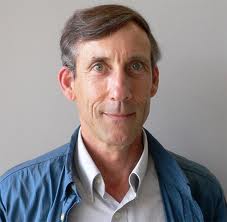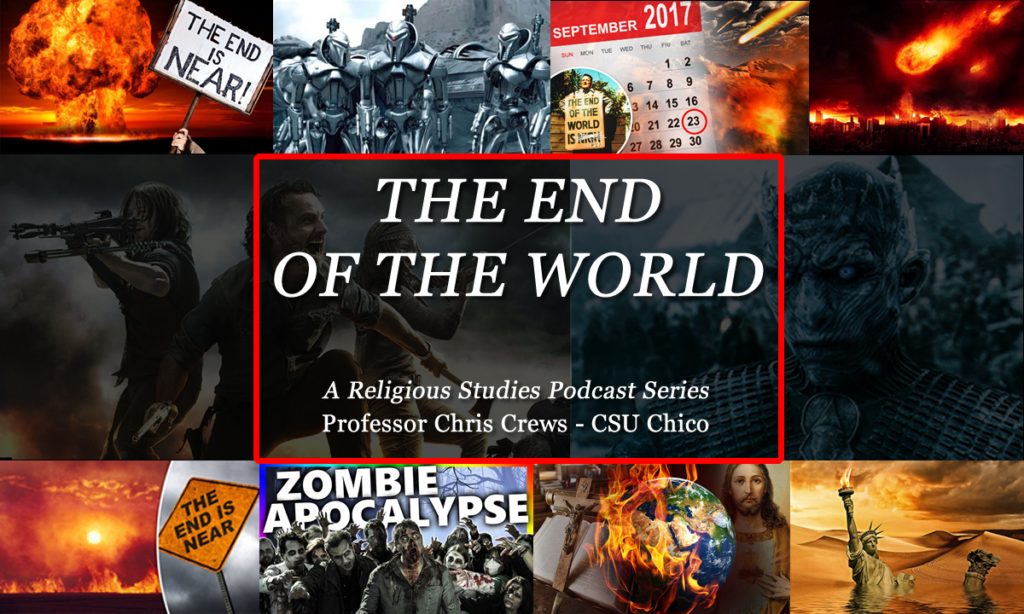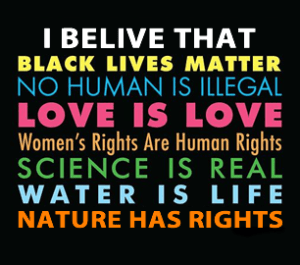George Dyson and the Almost Apocalypse
“It really is an apocalyptic change,” said Dyson, referring to the power of the digital revolution.
I recently attended a public talk by noted science historian and writer George Dyson as part of a lecture series called “Apocalypse Now: End Time and the Contemporary Imaginary,” which is a series of conversations being organized by the IRCPL at Columbia University to explore our “current fascination with apocalyptic visions.” This was the second of the IRCPL talks that I attended, the earlier one being with Rebecca Solnit, which you can read about here.
“I grew up surrounded by oak and card catalogs. That old world is dying.”
For those not familiar with his work, George Dyson has written several books on the history and development of science and technology in society, and in particular the connections between early computer advances and WWII nuclear science. When not writing about science and technology, he is busy with his other love, which is kayaking. His latest book is Turing’s Cathedral, which was published earlier this year by Pantheon Press, and explores both the birth of modern computing and the growing influence of these digital realities on our modern world.
“Sixty-some years ago, biochemical organisms began to assemble digital computers. Now digital computers are beginning to assemble biochemical organisms. Viewed from a distance, this looks like part of a life cycle. But which part? Are biochemical organisms the larval phase of digital computers? Or are digital computers the larval phase of biochemical organisms?”
Dyson talk was a mix of short anecdotes about his research while working on Turing’s Cathedral, as well as his views on the changing role of computing technology and the digital realm. Unfortunately due to the format of the talk Dyson never really got to expand on a lot of his ideas, and the discussions were often sporadic and jumped from topic to topic with no clear thread connecting everything. Here are a few of the highlights that stood out from what Dyson was discussing here and there:
- Turning’s oracle machine has become a reality via Google.
- “In a sense we’re all being pushed out of the loop,” in reference to the biological -> digital transition
- Nature could go digital, but it went analog. Why?
- “Walk out onto the street and everyone is walking around with a little box giving them instructions.” Example Dyson gave to show how digital control has already gone “wild” and how machines have already taken over the human world.
- “The money isn’t in Wall Street anymore. It’s in a server farm in Hoboken.”
- Some interesting speculations on the new digital economy, dark pool of capital, black boxes and the “flash crash” are all examples of emergent computer AI, which Dyson referred to as a “very fertile system.” And in regards to the future potential of computing technologies and AI he said “there’s this paradox. It only becomes interesting when its too complex to understand.” He suggested that AI may already be here, but that if the computers were taking over, they would never let us know, it would just look exactly like what Google is becoming–a world where humans work for machines that make humans more machine dependent. Quite a scary thought!
- “That is the real apocalypse,” referring to the ongoing threat of nuclear war. He described nuclear war as “a real problem,” and suggested that it “is still the most important threat we face.”
- Dyson argued instead of Homeland Security we need to bring back the old Civil Defense model. As an example, he discussed how unprepared we are for an electronics/energy infrastructure collapse. As he pointed out, the internet was meant to be a fail safe backup in the event of a nuclear attack that knocked out primary communication lines, but now the internet is THE central communication hub, and there is no backup to the internet. “If it fails for some reason…we have no way to reboot.”
- The risk of this digital infrastructure is that when there is a major panic, all the people trying to find out what happened will crash the system again as it tries to reboot.
- “This whole thing [digital revolution via nuclear science] began effectively with a deal with the Devil..the Devil could come back and say ‘I want the computers, not the thermonuclear weapon.'”
For another take on Dyson’s talk, check out Desiree LaVecchia’s thoughts at the IRCPL blog, where she writes:
“As George Dyson explained, a digital “Frankenstein” has already been created and humans have been pushed out of its universe. This digital universe is a physical reality that we created; it operates by a different set of laws and is therefore able to make leaps of intuition that we cannot predict. We have fostered a universe capable of making non-deterministic computations. This raises questions of emergence, intentionality, and agency in this parallel universe that we struggle to understand.”
For those interested in Dyson and his work, he has a few interesting talks now available on TED. One is below:
Until next time…remember that newly formed stars carve cavities in the center of their region. Like this!
###



